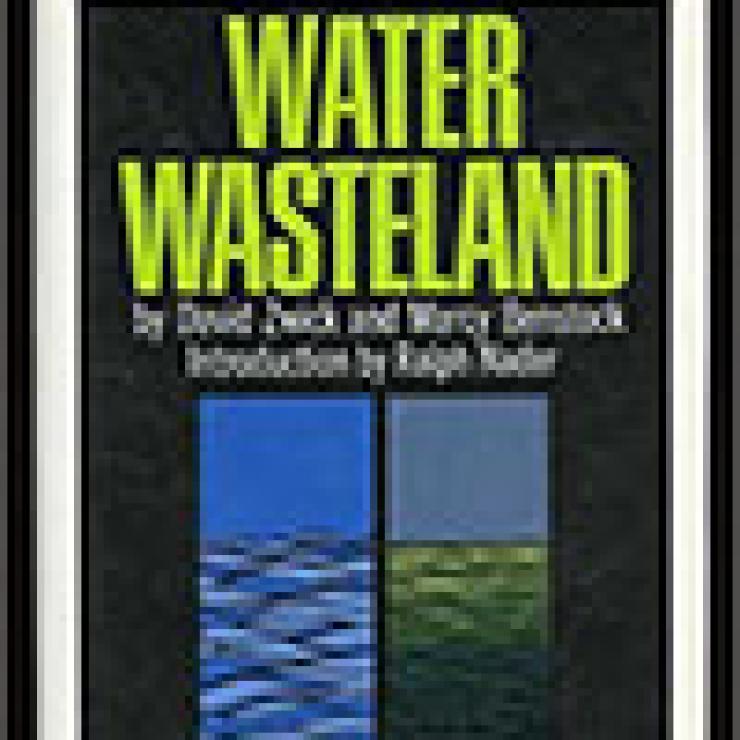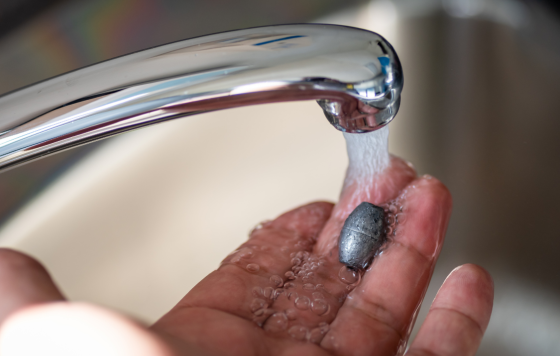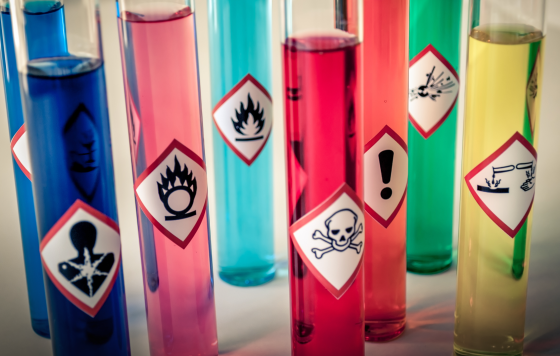
Water Wasteland, a bestselling book co-authored by Clean Water Action’s late founder David Zwick and Marcy Benstock, helped to shape and launch decades of progress protecting clean water.

First, the book’s publication coincided perfectly with cresting concern about a looming environmental crisis, and heightened awareness in the wake of the first Earth Day. Water Wasteland accurately chronicled the poisoning of our waters and was embraced by a public – and then by politicians – who were ready to demand solutions.
Second, the book used a unique grassroots “research” methodology that placed organizers in some of the communities around the country that were hardest hit by water pollution. The problems documented there and the solutions recommended for solving them came directly from the people and places with the biggest stake in stopping the pollution. It reflected the voices, values and real-world experiences of people and communities who were on the front lines of the water pollution fight at the time it was written.
Third, the book elevated those local experiences and the leaders fighting locally for clean water to advocate directly for strong protections, funding and enforcement through the Clean Water Act, Safe Drinking Water Act and other laws. The organizing process launched a grassroots movement to protect clean water, much of which continues to this day. The people and communities profiled in the book got angry, got active, organized their neighbors, got strategic, and Congress responded, if somewhat reluctantly. [Note: at that time support for strong protections was generally bipartisan in nature. Although President Nixon vetoed the Clean Water Act there was enough support in Congress to over-ride his veto.]
Fourth, the book and the organizing process that produced it launched Clean Water Action (originally named Fisherman’s Clean Water Action Project, powered by a small grant from a fishing tackle manufacturer). Clean Water Action has remained true to the vision and strategy described in the book, focusing on building and organizing coalitions and campaigns that get results benefiting real people in real places – while also building momentum to grow and sustain grassroots political power needed to protect clean water for the long haul. To this day, when Clean Water Action researches and reports on pollution problems and recommends solutions, it does so in partnership with the people and communities who are most directly affected.
Have you read Water Wasteland? Were you a part of the early 1970s campaigns to win passage of the Clean Water Act or Safe Drinking Water Act? Do you have stories or memories of working with Dave Zwick and Clean Water Action you’d like to share to help document our history and to inform and inspire future generations of activists? We’d love to hear from you. Send an email to comms@cleanwater.org with the subject line “Dave Zwick Story” with your submissions or ideas, and include your contact information.
This is a story that’s far from over. With so many hard-fought protections for our water and our health under assault today, your involvement is more important than ever. Thanks for reading this story and for connecting or reconnecting with Clean Water Action to share yours and help us write the next chapters.


